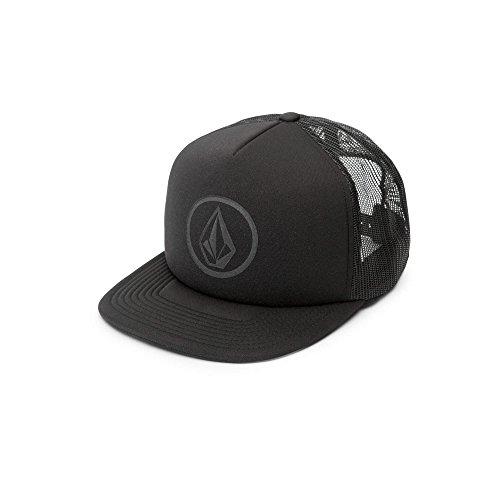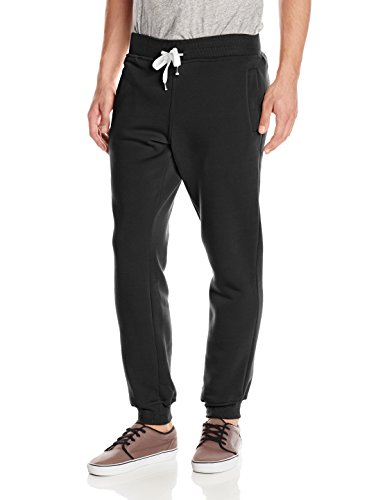Volcom Men’s Full Frontal Cheese Hat
The full frontal cheese takes trucker hat design down a bold new road. Men’s classic mesh back hat features custom 6-panel construction for superior quality includes an adjustable snap back closure Medium height crown two-color stone logo embroidery with high density detailing
Product Features
- Five panel cheese style with adjustable snap-back
- Medium height crown with foam structure
- Front two color Stone logo screen print with high density detailing
- Sold individually / By color
- .
Quicksilver Surfboard die cut Decal Vinyl White Sticker 12”width By 5” Height
The default color is white or you can choose any available color just email us This die cut decal has no background, and is made with high quality, removable and waterproof vinyl. Computer cut letter and image outlines cut from a solid sheet of thin vinyl are called “Die Cut”. This means there is no background color that is part of the decal. The background color becomes whatever surface the decal is applied to. So if the decal is applied to a blue colored laptop then the background color will be blue.We’re not against printing. We’re against wasting resources. there is many videos on you tube and how to install die cut decals
Product Features
- The default color is white or you can choose any available color just email us
- Interior and Exterior
- Outdoor Durability 5 years
Southpole Men’s Active Basic Jogger Fleece Pants, Black, X-Large
Long fleece active jogger basic pants
Product Features
- SP active is an active sports line of Southpole
- Adjustable waist cord for comfort
- Ribbed ankle
- Big and Tall Available
Watch: Brazil’s Maya Gabeira sets world record as largest wave ridden by a woman
Brazil’s Maya Gabeira became a world record holder on Monday (October 1st) as she was adjudged to have ridden the world’s biggest wave as a female (‘the largest wave surfed unlimited by a female’).
The 31-year old from Rio de Janeiro, Brazil successfully surfed a wave measuring 68 feet (20.72 metres) from trough to crest at the infamous big-wave break known as Praia do Norte in Nazare, Portugal on 18th January 2018.
“I would say it’s the biggest accomplishment I’ve had in my career.” said the Brazilian. The achievement was announced at a special ceremony in the grounds of the famous lighthouse which stands watch over the waves of Praia do Norte.
Hindustan Times, owned by HT Media Ltd, is one of India’s largest publications that provides unbiased news, analysis and features on politics, sports, entertainment, lifestyle and more. Hindustan Times delivers the news across all social media platforms, on the web, and at your doorstep.
Subscribe to our channel: http://read.ht/fLZ
Follow us on Twitter: https://twitter.com/htTweets
Like us on Facebook: https://www.facebook.com/hindustantimes
iOS:- http://m.onelink.me/bcae8b2d
Android:- http://m.onelink.me/986f584a
Watch more videos at: http://www.hindustantimes.com/video
hindustantimes.com © 2016
Reblogged 5 years ago from www.youtube.com[ Mr One ] Surfers Killed in Their Last Waves Caught on Camera
[ Mr One ]
Sion Milosky, Kirk Passmore, Mark Foo
Waves that ended in tragedy / Final rides caught on camera
Sion Milosky – Mavericks
He was a father of two and a dedicated big wave surfer. In 2010, he won an award for catching the biggest wave ever paddled into. In March of 2011, Sion Milosky drowned while surfing Mavericks in Half Moon Bay, Carlifornia
Kirk Passmore – Alligator Rock
Less than two days after Kirk Passmore went missing after a wipeout in large surf Wednesday on Oahu’s North Shore, his father expressed a wish that his son’s final ride be shared with as many people as possible.
Mark Foo – Mavericks
Chinese-born Mark Foo. In 1994, two days before Christmas, 36 year old Mark Foo drowned while surfing Mavericks a deadly big wave surf spot in Half Moon Bay outside of San Francisco.
Fatalities are extremely rare in big-wave surfing, despite the raw power of enormous swells generated by faraway storms. That’s because surfers, by and large, are a close-knit group and watch out for one another.
It’s also because most of them train vigorously to be able to withstand being held under for long periods, and because water patrol staff on personal watercraft are almost always on vigil during these large-surf events.
(There have been great strides in water safety on the North Shore since Todd Chesser, a famous surfer, died at Alligator Rock in 1997.)
Additionally, most surfers have come to realize the importance of floatation vests, which help them attain the surface faster after a wipeout, and keep their heads upright.
In a big wave wipeout, a breaking wave can push surfers down 20 to 50 feet (6.2 m to 15.5 m) below the surface. Once they stop spinning around, they have to quickly regain their equilibrium and figure out which way is up. Surfers may have less than 20 seconds to get to the surface before the next wave hits them. Additionally, the water pressure at a depth of 20–50 feet can be strong enough to rupture one’s eardrums. Strong currents and water action at those depths can also slam a surfer into a reef or the ocean floor, which can result in severe injuries or even death.[6]
One of the greatest dangers is the risk of being held underwater by two or more consecutive waves. Surviving a triple hold-down is extremely difficult and surfers must be prepared to cope with these situations. Training styles vary such as D.Sloane weight drag/ free reef grab and pressure jet drag.[5]
A major issue argued between big wave surfers is the necessity of the leash on the surfboard. In many instances, the leash can do more harm than good to a surfer, catching and holding them underwater and diminishing their opportunities to fight towards the surface. Other surfers, however, depend on the leash. Now, tow in surfboards use foot holds (like those found on windsurfs) rather than leashes to provide some security to the surfer.[5]
These hazards have killed several big-wave surfers. Some of the most notable are Mark Foo, who died surfing Mavericks on December 23, 1994; Donnie Solomon, who died exactly a year later at Waimea Bay; Todd Chesser who died at Alligator Rock on the North Shore of Oahu on February 14, 1997; Malik Joyeux who died surfing Pipeline on Oahu on December 2, 2005; Peter Davi who died at Ghost Trees on December 4, 2007, Sion Milosky who died surfing Mavericks on March 16, 2011, and Kirk Passmore who died at Alligator Rock on November 12, 2014
Reblogged 5 years ago from www.youtube.com





